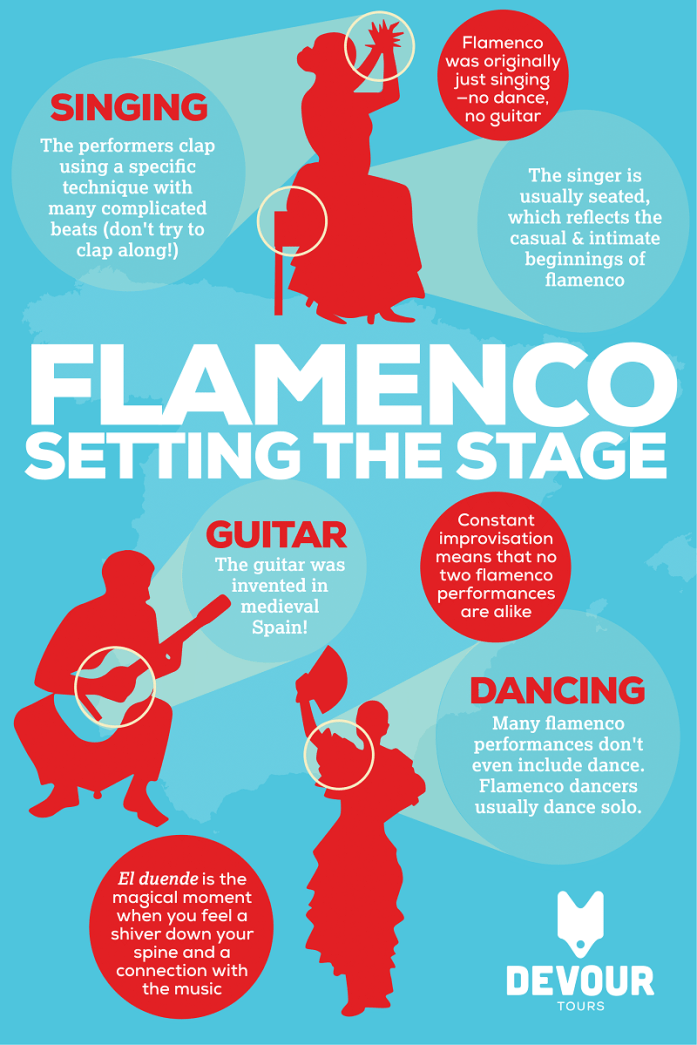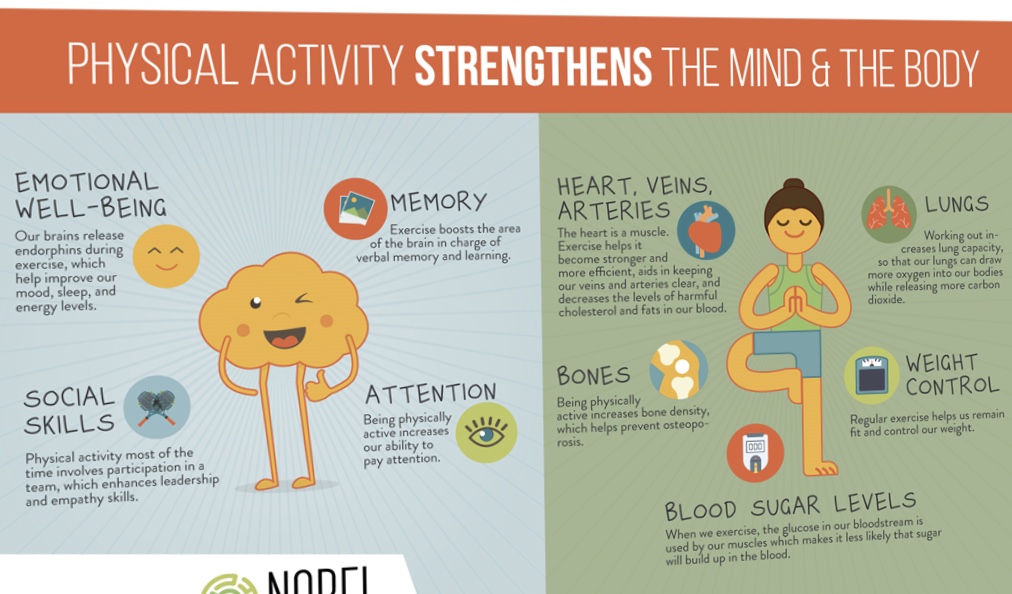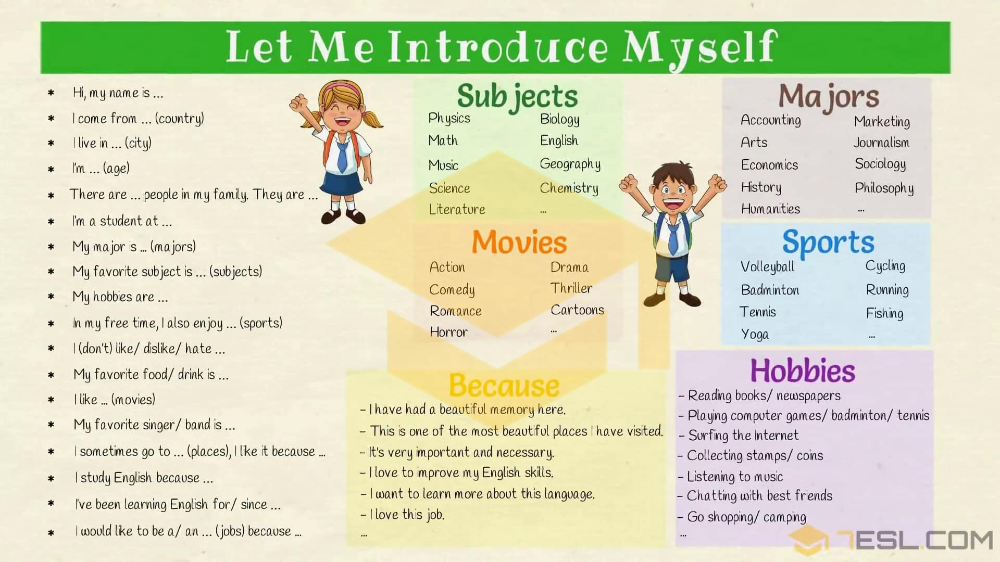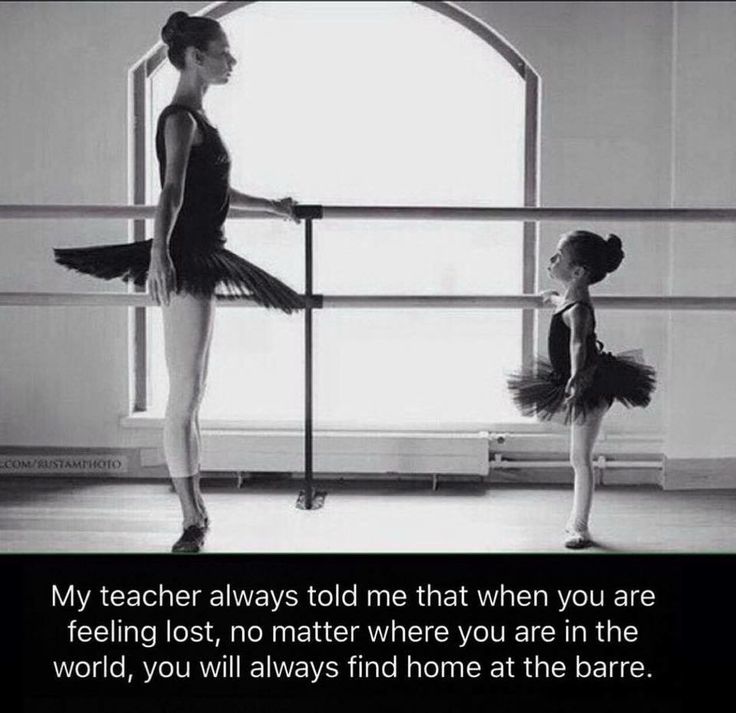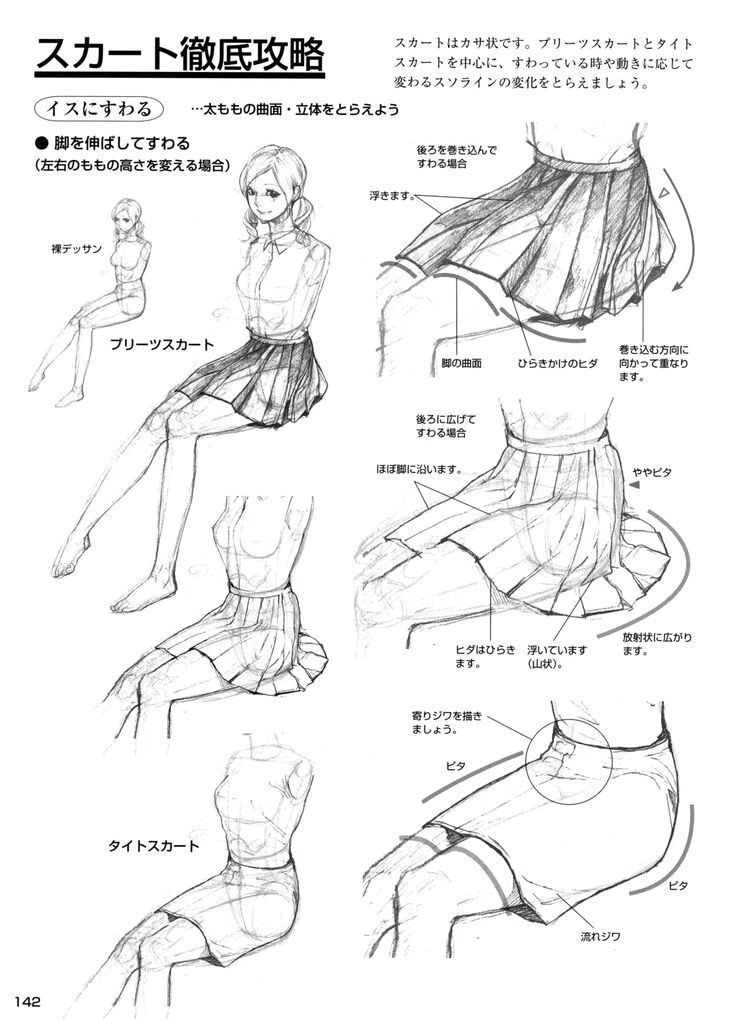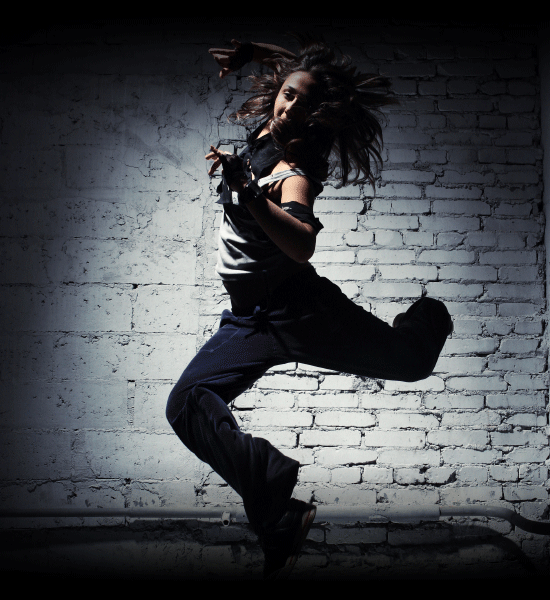How to ball room dance
How To Ballroom Dance For Beginners (Videos)
Ballroom dancing is one of the classiest types of formal dancing and it includes 20+ different dances.
In this guide you’ll learn how to Ballroom dance for beginners with 3 videos (below).
But first a quick intro…
There are the traditional Ballroom dances which include: Waltz, Foxtrot, Viennese Waltz, Tango, Quickstep and more.
And then there are what are considered Latin-Ballroom dances which include: Cha Cha, Rumba, Swing, Bolero, Mambo, Salsa, Jive, Samba and more.
I’m a Beginner, Which dances should I start with?
Our recommendation is to learn the basic steps of these 3 dances: The Slow Waltz, Rumba and Cha Cha.
These 3 dances are great because they fit most of the popular music. Read more about the best social dances to learn here.
But wait, before you start learning the Ballroom basic steps below, you need to know how to take hold with your partner.
First, Learn The Ballroom Dance Hold
In this video we explain how to achieve what is referred to as “The Closed Hold” in Ballroom dancing:
The main points are:
● Leader’s left hand connects to Follower’s right hand, and held at Follower’s eye level.
● Leader’s right hand is placed just underneath the lady’s left shoulder blade area.
● Followers place their left arm on the man’s shoulder area, and press down slightly to connect with the leader’s right arm.
● When doing a strictly Ballroom dance you will have less space between you – and more space during the Latin-Ballroom dances.
● Keep your core engaged at all times for better balance and to feel your partner’s weight.
Next, Ballroom Dance Steps (Learn The Basics)
1st of 3: Learn The Slow Waltz Basics
The slow Waltz is beautiful dance with emphasize on smooth gliding across the floor with rise and fall technique (going up and down). The main characteristic of this dance is the iconic timing of 1,2,3. Learn the basic step below.
The main characteristic of this dance is the iconic timing of 1,2,3. Learn the basic step below.
The Waltz basic steps (The Box Step):
Breakdown of Waltz steps:
Men’s steps:
Forward with Left Foot
Side with Right Foot
Close Left Foot to Right Foot (And Switch Weight)
Back with Right Foot
Side with Left Foot
Close Right Foot to Left Foot (And Switch Weight)
Lady’s steps:
Back with Right Foot
Side with Left Foot
Close Right Foot to Left Foot (And Switch Weight)
Forward with Left Foot
Side with Right Foot
Close Left Foot to Right Foot (And Switch Weight)
Related: More on How Waltz dance here.
2nd of 3: Learn The Rumba Basic Steps
The American Style Rumba is one of the most social friendly Ballroom dances. The basic step is a also a box step (Just like the Waltz) but the difference here is that there is no up and down motion, instead dancers use what is called Cuban Motion technique – where the dancers bend and straighten their knees on every step – producing a hip action.
The basic step is a also a box step (Just like the Waltz) but the difference here is that there is no up and down motion, instead dancers use what is called Cuban Motion technique – where the dancers bend and straighten their knees on every step – producing a hip action.
Rumba Basic Steps (The Box Step):
Breakdown of Rumba steps:
Men’s steps:
Forward with Left Foot
Side with Right Foot
Close Left Foot to Right Foot (And Switch Weight)
Back with Right Foot
Side with Left Foot
Close Right Foot to Left Foot (And Switch Weight)
Lady’s steps:
Back with Right Foot
Side with Left Foot
Close Right Foot to Left Foot (And Switch Weight)
Forward with Left Foot
Side with Right Foot
Close Left Foot to Right Foot (And Switch Weight)
Related: More on Rumba dance steps here.![]()
3rd of 3: Learn The Cha Cha Basic Steps
The Cha Cha dance is a very lively and fast dance. It’s a dance that has lots of quick footwork and hip actions – with emphasize on the rhythm. The main characteristic of this dance is the triple step chasses which are present through out the entire dance.
Cha Cha Basic Steps (The Side Basic Step):
Breakdown of Cha Cha steps:
Men’s steps:
Side with Left Foot
Back with Right Foot
Replace weight Forward on Left Foot
Side With Right Foot
Close Left Foot To Right Foot (Switch weight)
Side With Right Foot
Forward with Left Foot (Check action)
Replace weight Back on Right Foot
Side with Left Foot
Close Right Foot to Left Foot
Lady’s steps:
Side With Right Foot
Forward with Left Foot (Check action)
Replace weight Back on Right Foot
Side with Left Foot
Close Right Foot to Left Foot
Side with Left Foot
Back with Right Foot
Replace weight Forward on Left Foot
Side With Right Foot
Close Left Foot To Right Foot (Switch weight)
Related: More on Cha Cha dance here.
Other Dances To Learn
The following 5 dances are also great for anyone looking to expand on their Ballroom dancing learning (They are also taught in our membership). Click on them to learn them:
Learn East Coast Swing Moves
The East coast swing is a dance that originated from Lindy Hop and has lots of turn and spins. The leaders and followers both do rock steps and triple side steps through-out this dance, with bending and straightening the knees.
Learn Foxtrot basic steps
The Foxtrot is a great Ballroom dance to use to get around the rooms and at weddings and Ballroom dance parties. This is one of the easiest dances to learn because it involves 2 walks and side steps for both partners. It is a classy dance that fits may of the Frank Sinatra and Michael Bubble music.
Learn Bachata dance steps
The Bachata is a sensual Latin dance and is a perfect dance to do socially for couples. The basic steps involve side to side stepping, with the 4th and 8th steps done as taps (without change of weight). This move is great to do at Latin dance clubs and parties.
This move is great to do at Latin dance clubs and parties.
Learn Salsa basic steps
Salsa is one of the hottest Latin dances right now and it fits many of the Reggaeton music played at clubs and parties. The Salsa basic steps consist of fwd and back rock steps and aside from that many of the moves include: spins, underarm turns, hip actions and dips.
Want More Dance Lessons?
We offer a membership that includes access to 300+ Ballroom and Latin dance videos online. Including American & International style videos.
Membership Info & Registration
How To Ballroom Dance For Beginners
Learn how to Ballroom dance with our step by step Latin and Ballroom dance lessons online.
Our videos will break everything to make sure you know your steps, timing and technique.
Below you will find free Basic Ballroom dance steps for beginners for Cha Cha, Rumba, Salsa, Swing, Tango, Foxtrot, Waltz and Merengue. In each mini course you will learn the most essential basic steps with HD videos.
In each mini course you will learn the most essential basic steps with HD videos.
How to Ballroom dance for beginners - Free Video Courses:
How to dance with a partner 101 - Social dance steps
Get introduced to social dance steps in this free mini course. Learn how to social dance with 3 Ballroom dances: Rumba basic, Swing basic and Waltz basic. These dances are perfect for partner dancing at weddings and parties. Perfect for beginners looking to get started.
Waltz dance steps for beginners
The slow Waltz is one of the most classical Ballroom dances - dating back to 16th century when they used to hold "Balls". The Waltz's main characteristic is the rise and fall used through out all the steps. Our videos will teach you the most basic Waltz steps with ease.
Cha Cha dance steps for beginners
This cheeky dance is perfect for anyone starting out. This Ballroom dance has a lot of quick and sharp foot and leg movements.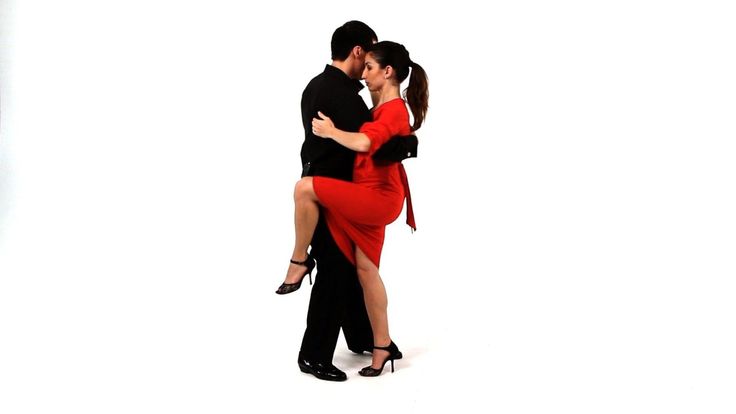 It is characterized by a triple step which is danced on the "Cha Cha 1" counts. In this video course you will learn 3 beginner dance steps that you will be able to use right away.
It is characterized by a triple step which is danced on the "Cha Cha 1" counts. In this video course you will learn 3 beginner dance steps that you will be able to use right away.
Swing dance steps for beginners (East coast Swing)
The East coast Swing combines rocks steps and triple steps to create a very fun and energetic dance. This dance is influenced by rock n roll and Lindy hop styles - which give it tons of variations including kicks, flicks and turns. Have some fun with the swing now!
Rumba dance steps for beginners
The Rumba combines lots of body, hip and arm movements to make this Cuban dance very expressive. In this mini course you will learn the basic steps, box step and slow underarm turn. This dance requires lots of control because of its rhythm - Slow, Quick, Quick. Learn the basic steps with our videos in this beginner course.
Salsa dance steps for beginners
This popular Latin dance is perfect for those of you who like to fast rhythms and lots of turns and spins.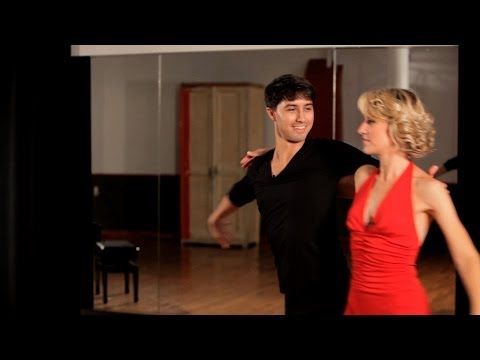 This dance is a great for social dancing with its emphasize on lead and follow - where the man initiates movements and the lady follows. After our mini course you'll be able to use what you learned in Latin clubs.
This dance is a great for social dancing with its emphasize on lead and follow - where the man initiates movements and the lady follows. After our mini course you'll be able to use what you learned in Latin clubs.
Foxtrot dance steps for beginners
One of the first Ballroom dances that people usually learn is the Foxtrot. It is a very elegant dance that travels around the room. Both men and women push off the standing leg in order to move from foot to foot. This dance is one of the best for pure lead and follow.
Tango dance lessons online for beginners
This Ballroom dance is great for passionate dancers who like to express the Tango music. This is a traveling Ballroom dance that combines a lot of shapes and rotational movements. In our mini course you will learn 3 beginner moves to get you started. Enjoy.
Merengue dance steps for beginners
Here is a Latin dance that is considered to be the easiest of all! The saying goes: "If you can walk, you can Merengue".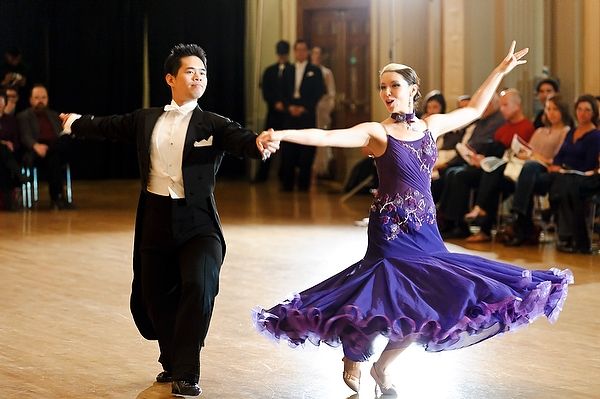 The basic steps all consist of small weight changes that could be danced on the spot, or across the floor. There are lots of intricate turns and arm twists too.
The basic steps all consist of small weight changes that could be danced on the spot, or across the floor. There are lots of intricate turns and arm twists too.
Want More Latin & Ballroom Lessons?
Passion4Dancing Dance Training
Become a member at Passion4dancing.com and get access to 300+ video lessons teaching you Latin and Ballroom dancing (American & International Style).
Visit Pasion4Dancing (Click Here)
Ballroom dancing: features of classes
Hearing the expression "ballroom dancing", many will begin to imagine girls in beautiful puffy dresses with rings, men in black tailcoats, classical music. This is all for the reason that the word “ball” itself is associated with royal receptions, which we read about in fairy tales in our distant childhood. For example, in Cinderella or Sleeping Beauty.
What kind of dance is this?
Dance is a kind of creativity in which heroes and artistic images are created through various body movements.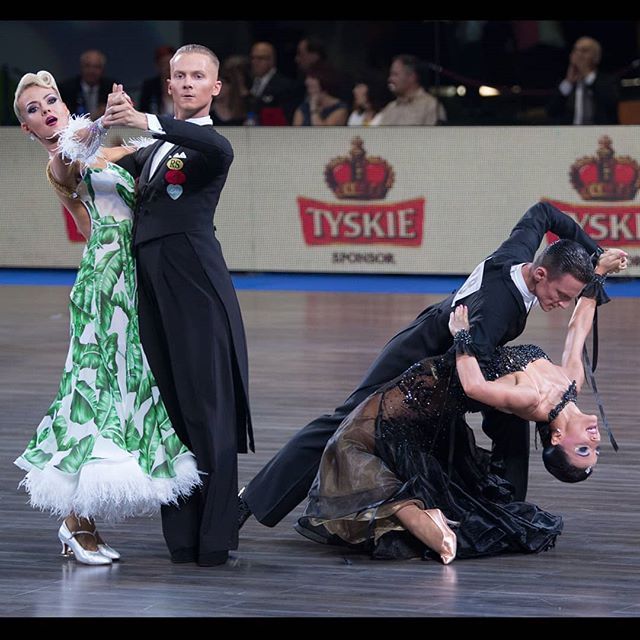 Dance is very closely related to music. It is their common interaction that emotionally affects the viewer. In Russian, the word "dance" came from French (ballare - "to dance"). nine0003
Dance is very closely related to music. It is their common interaction that emotionally affects the viewer. In Russian, the word "dance" came from French (ballare - "to dance"). nine0003
Ballroom dancing has its own distinctive features:
- They are performed by two people.
- A couple consists of a man and a woman, they move according to the points of contact.
- This destination has its own history, which has made it popular both as a new type of recreation and as a new sport in which competitions are held.
A bit of history
Non-professional couple dances are called ballroom dances. They take their history from medieval Europe. They have changed a lot in a few hundred years. All eras have contributed something of their own. Twentieth century dances are a continuation of the European style. Most of the directions that have survived to this day are of African origin, only not in their pure form, but with the supplemented technique of the European school.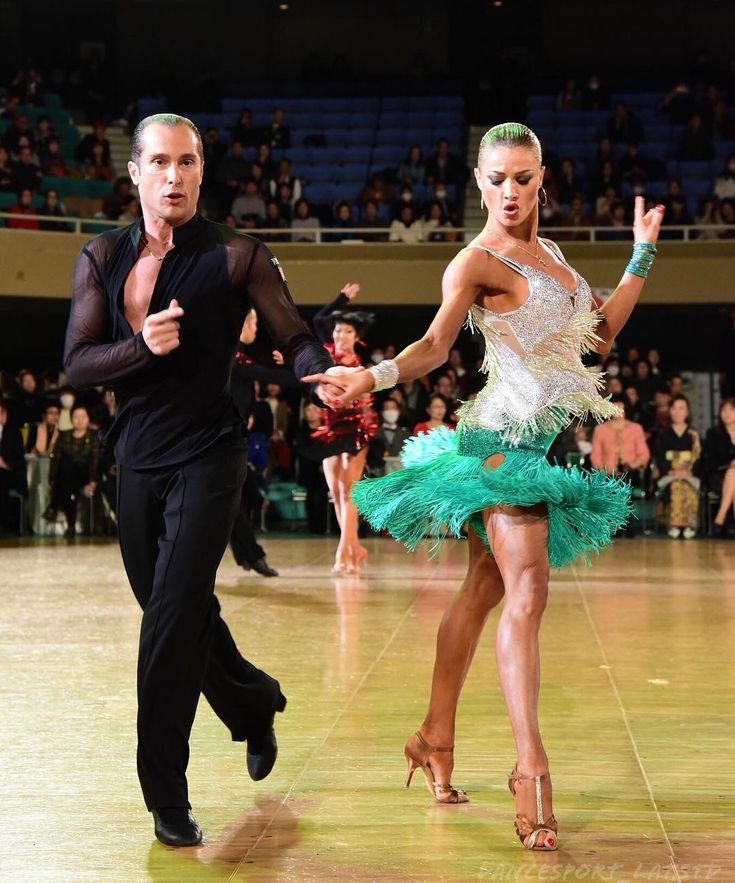 nine0003
nine0003
In the 20s of the last century, a specially created Council of Teachers brought to a single standard all the dances popular at that time, namely the waltz, foxtrot and tango. Thus, a dance competition was formed in two directions: sports and social dance. In the period from the 30s to the 50s of the last century, the number of standard ballroom dances grew due to the addition of several areas of the Latin American school: rumba, samba, jive, paso doble, cha-cha-cha. At the moment there are three competitive programs: Latin American, European and ten, it includes all ten directions. nine0003
European program
Let's take a closer look at some of the dances:
- Slow waltz - anyone can learn to dance this dance. It is danced at discos, and at graduations, and at balls. Almost every composer has a wonderful waltz melody that everyone knows.
- Tango is a very varied and passionate dance. It is based on the ancient movements of the inhabitants of Africa.
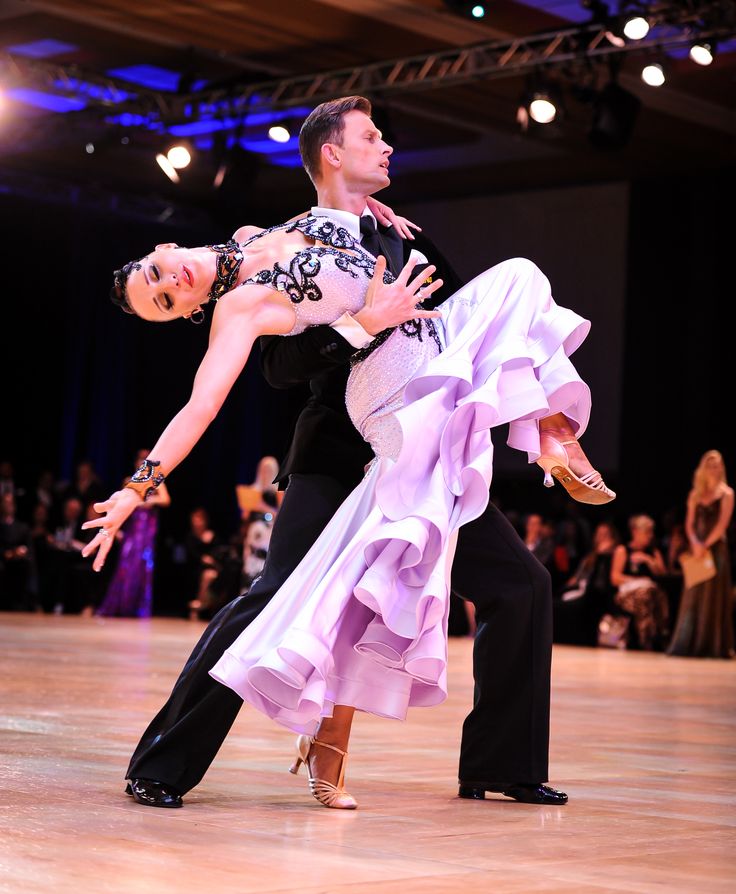 He came to Europe with touring artists. The first time he was danced in Paris, and then he went around the world. nine0014
He came to Europe with touring artists. The first time he was danced in Paris, and then he went around the world. nine0014 - Foxtrot is a “weightless” dance. Its feature is the ease of steps. It is in this dance that the couple becomes one. He appeared in America in 1912. This dance reached its peak of popularity after the end of World War II.
Latin American program
- Samba is a dance that originated in Brazil. It was distributed by ten people who danced it at Brazilian carnivals. Today, samba is danced everywhere: both at international competitions and on modest dance floors. nine0014
- Cha-cha-cha is an incendiary Cuban dance. The name comes from the sound that occurs when you touch the floor while dancing.
- Rumba is a very emotional ballroom dance. This is just a mixture of feelings and emotions that will not leave anyone indifferent from the audience.
- Paso Doble is a dance that tells about the struggle in all areas of life: love, everyday life, work, and also personifies the confrontation of the individual.
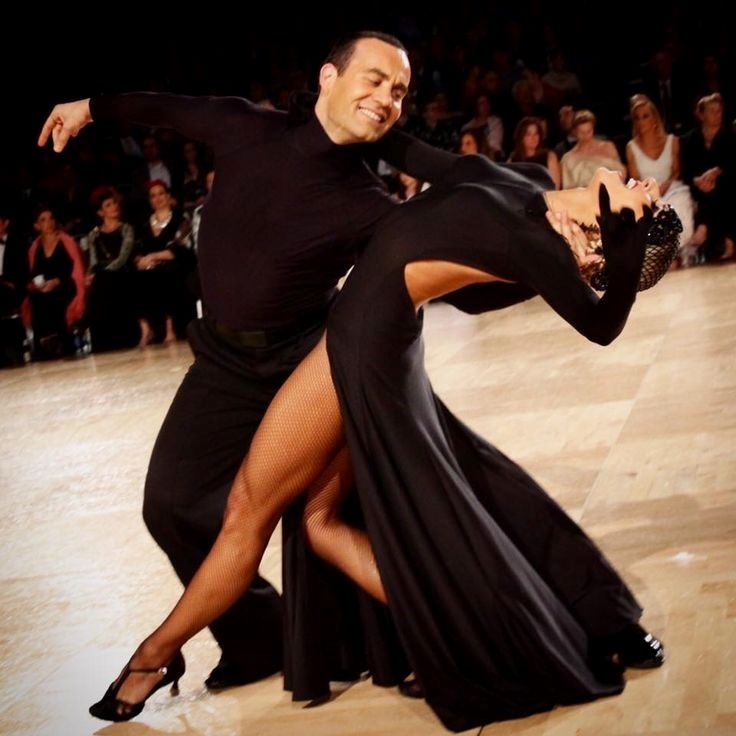 The Spanish origin is reflected in the aggression and emotionality of this dance. nine0014
The Spanish origin is reflected in the aggression and emotionality of this dance. nine0014 - Jive - dance for trained couples. A striking difference from other areas is the presence of sharp elements of choreography.
How is the competitive dance evaluated?
In order to score a couple, judges evaluate the following parameters:
- Rhythm is the most important criterion. If a couple does not hear the music and dances out of place, then they immediately put the lowest score and do not look at other characteristics.
- Pair position . It should give elegance, make the dribbling easier. Line - stretching the entire body from the crown to the fingertips. Beautiful lines increase the volume of the figures. Frame - a fixed position of the hands in a closed dance. The line consisting of the hands of the partners must be straight along the entire length.
- Balance . There are only two balances: central and neutral.
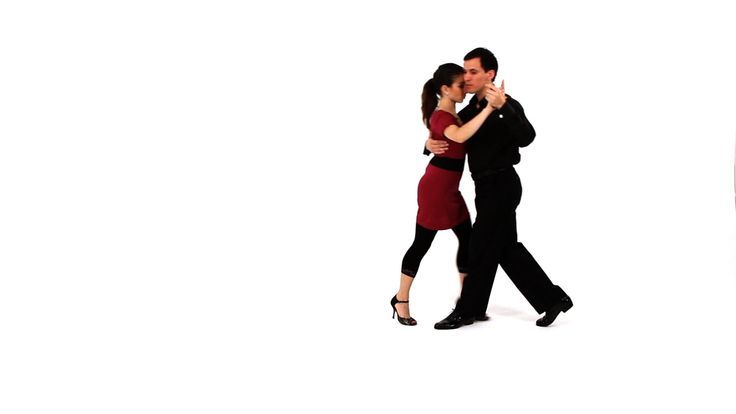 With a central balance, the weight of the body is distributed on both legs, with a neutral balance - on one. In general, any dance consists of transitions from one balance to another. If they are not observed, then the dance will be rough, heavy. nine0014
With a central balance, the weight of the body is distributed on both legs, with a neutral balance - on one. In general, any dance consists of transitions from one balance to another. If they are not observed, then the dance will be rough, heavy. nine0014 - Musicality . All movements should correspond to the atmosphere of ballroom dance music - focus on strong points, work on weak ones.
- Dynamic . Movement on the parquet should be quite active. This is especially noticeable in the European program. If, for example, the step length of the couple is longer than that of the rivals, then they will immediately attract the attention of spectators and judges.
- View . The couple should dance with a show of emotion, and not think about which element is next. nine0014
- Energy . The energy of the dance must be controlled. If it is directed correctly, then you can get all the attention of the audience and judges, and then they will definitely vote for your couple.
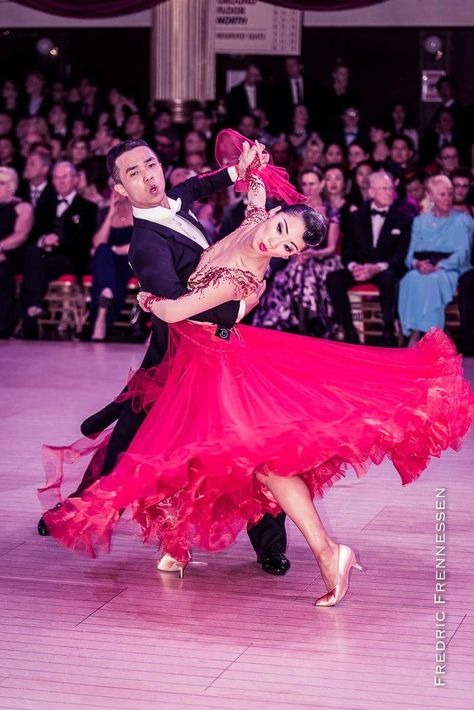
What qualities should a dancer have?
Dancing used to be considered creativity and individual self-expression. Today, ballroom dancing is an independent sport. In order for a dancer to master the load that is present in all dances, he needs to possess a number of certain qualities. nine0003
- Physical strength . Ballroom dancing has many different lifts and other complex elements where strength is required.
- Coordination and flexibility . For the performance of various figures and maneuvering on the parquet, these qualities are indispensable. Basketball players, soccer players, and gymnasts also have these traits.
- Endurance . For the entire time of the competition, the dancer is required to perform in five rounds. The dance in each round lasts two minutes. For one two-minute dance, the muscles of the athletes are tensed in the same way as those of cyclists and middle-distance runners.
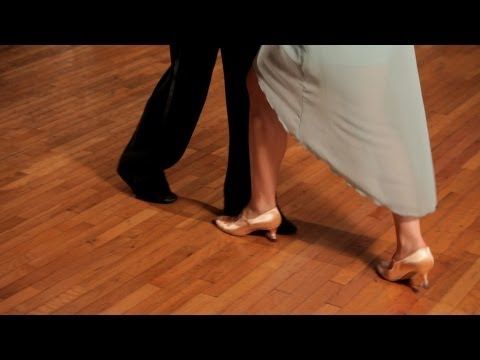 nine0014
nine0014 - Grace . The smoothness of movements in dancing, just like in rhythmic gymnastics, is one of the important components of success.
- Team spirit and discipline . A dance team may consist of two or sixteen people. The requirements for eight pairs, which still have to navigate in space relative to each other without problems, are very high.
- Musicality . All participants must have an understanding of music, like gymnasts. nine0014
Ballroom dancing for children
Many parents are considering whether to send their children to dancing. To finally decide, you should know about the benefits of this activity:
- Muscle strengthening.
- Increased stamina.
- Correct posture formation.
- Motility training.
- Sense of rhythm develops.
- Ability to live in society and interact with other people.
- Development of intelligence and curiosity.
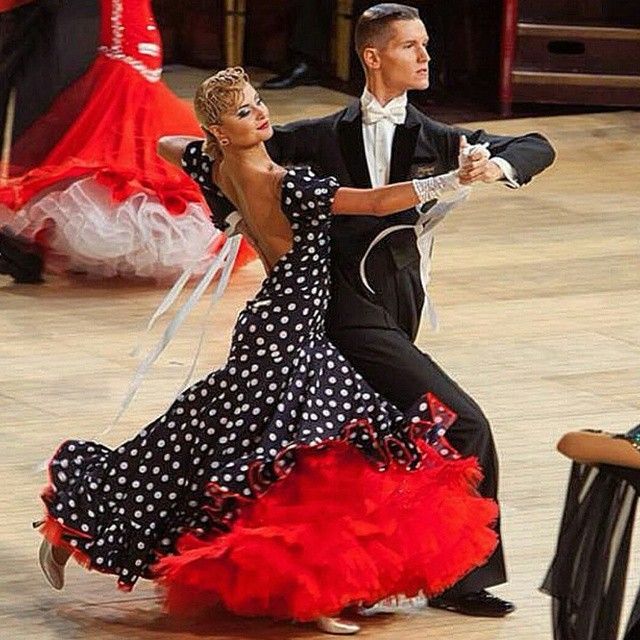 nine0014
nine0014 - Getting rid of complexes and fears.
- Ballroom dancing for girls will help improve your stretch.
- The level of self-confidence increases.
When should classes start?
After a decision is made, parents often ask themselves, at what age should their child be enrolled? Experts recommend starting classes at 6-7 years old. But still, you should take into account the individual characteristics of your child. On the other hand, children who started classes before the age of seven are more likely to succeed, and on the other hand, they get tired more often, their motor skills are not developed, and it is more difficult for them to perceive information from teachers. nine0003
If you still want to give at an earlier age, then ask yourself a few questions: Will the child be able to understand and accurately follow all the instructions of the teacher? Will he be able to pay attention to details? Will he be able to do the physical activity that is given in the classroom? Does your child have a desire to learn to dance? Or is it your whim? Does he have an ear for music? If you answered yes to most of the questions, then feel free to take the baby to classes, you are ready for this.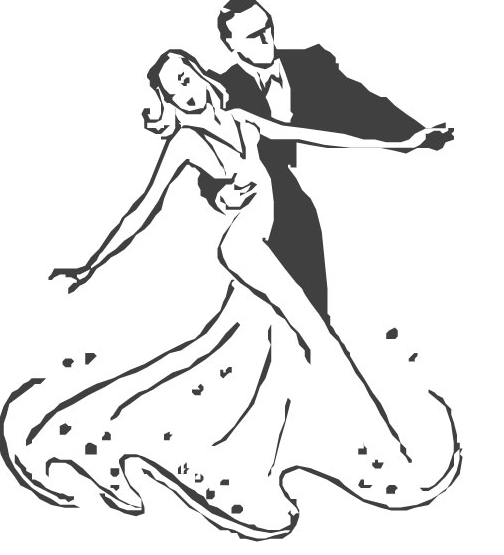 nine0003
nine0003
Requirements for the outfit of little dancers
So, you have decided to send your child to dance. You have your first competition ahead of you, it's time to sew a stage outfit. Girls' ballroom dance dresses must comply with the most stringent rules:
- The color of the dress must be solid, but never nude.
- Sleeve options: short, long or ¾, flare also available.
- No cuts allowed.
- Neck or neckline: half circle, triangle or square.
- Possibility to sew a stand-up collar.
- The skirt must be loose-fitting and the same length front and back.
- The length of the skirt must not exceed 10 cm from the knee.
- No laces, frills, appliqués or other accessories.
- Do not use frills, ribbons and fishing lines to finish the hem of the skirt.
- The material from which the dress is made must not be transparent, guipure, iridescent, etc. Only thick fabric is allowed. nine0014
There are also requirements for shoes:
- The maximum height of the heel is 3.
 5 cm.
5 cm. - The heel must be wide and stable.
- Shoes can be of any material and color.
- Metallic flashings are allowed.
- Shoes must not have buckles, rhinestones, stones, etc.
- Shoes can be paired with socks of any color or nude tights.
- Do not wear tights in mesh or with elements of glitter, patterns, etc. nine0014
Shoes and dresses for ballroom dancing must comply with a set of strict rules, failure to follow which may result in disqualification.
Main items of expenditure
Ballroom dancing is one of the most costly sports. In addition to paying for classes, there are other expenses. Consider them:
- Paying for a circle is the first upcoming expense.
- Attire for participation in competitions and concerts.
- Girls will need shoes with and without heels for training.
- Two sets of workout clothes.
- Boys will need to buy trousers and shirts, and girls will need to buy skirts and tops.

It is important to remember that performance outfits are made to order, and custom tailoring involves additional expenses.
If the competition is not held in your city, then you also need to include travel expenses, accommodation and meals, a fee for participating in the tournament.
How to choose a school?
In order to choose the right school and not regret your choice in the future, you need to find out as much information about it as possible. Stick to the following algorithm:
Find out as much as you can about the teaching staff. Ask where teachers have been trained and if they have special education diplomas.
Do school students participate in ballroom dancing tournaments, are there any famous alumni.
This way you will see the learning process from the inside, you will be able to choose the most suitable program. See how the classes are equipped with inventory, if there is everything you need. Check out the price. Remember that in good schools the prices are rather high. Many cities have ballroom dancing schools. Moscow, of course, is the leader in the number of schools, and there are plenty to choose from. Therefore, if you live in the capital, walk around these institutions, collect information about them. When choosing, you must be sure that the school suits you in all respects. nine0003
Remember that in good schools the prices are rather high. Many cities have ballroom dancing schools. Moscow, of course, is the leader in the number of schools, and there are plenty to choose from. Therefore, if you live in the capital, walk around these institutions, collect information about them. When choosing, you must be sure that the school suits you in all respects. nine0003
Source
Our ballroom dance school annually enrolls children from the age of 4 to take ballroom dancing lessons.
5 questions about ballroom dancing for beginners
What gives ballroom dancing?
Ballroom dance is an incredibly beautiful art, which, in addition to physical and creative development, allows you to gain experience in interpersonal interaction between partners and other dancers, which has a positive effect at an older age. The experience of social interaction is difficult to overestimate. Systematic ballroom dancing training teaches you to achieve your goals collectively.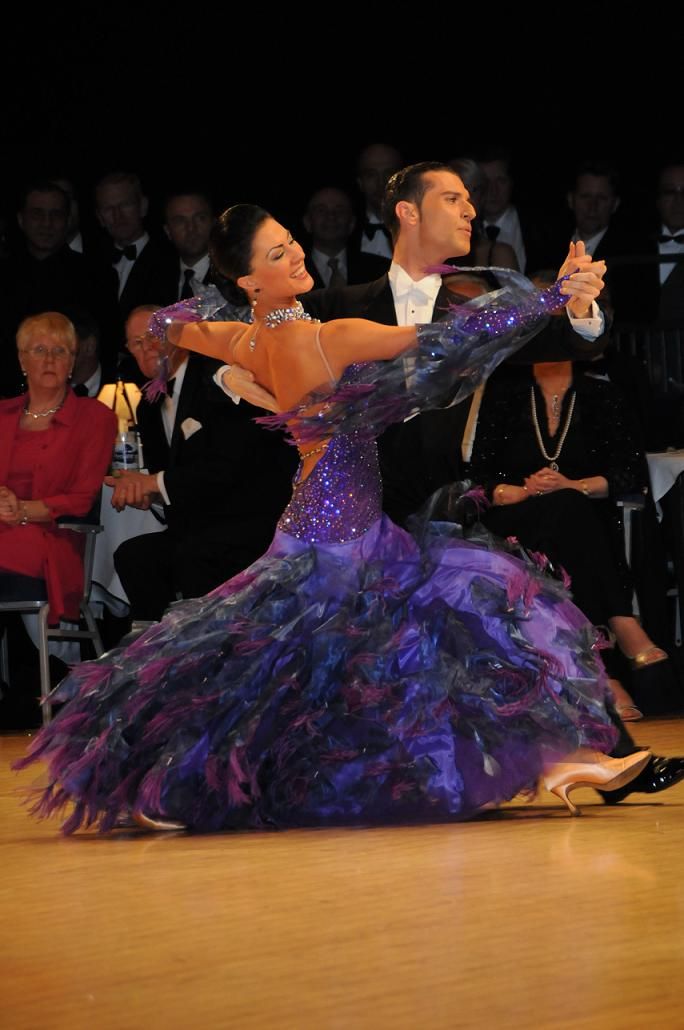 This helps a lot in life, in future work and in family life. nine0003
This helps a lot in life, in future work and in family life. nine0003
Ballroom dancing is an insanely beautiful and very healthy hobby.
Dance classes:
- Increase the child's physical endurance;
- Development of plasticity and coordination;
- Ability to move and dance beautifully
- Strengthen blood vessels and muscles;
- Increase self-esteem;
- Cheer up;
- Improve posture and flexibility;
What is included in the ballroom dance program? nine0251
Before you start exercising, you should familiarize yourself with the training program. Sports ballroom dancing consists of two programs: European and Latin American.
European dance program or Standard (Standard) consists of five basic dances:
- Slow Waltz (Slow or English Waltz),
- Viennese Waltz,
- Tango (Tango),
- Slow Foxtrot and
- Quickstep or Fast Foxtrot (Quickstep)
The program of Latin American dances or Latin (Latin) consists of five basic dances:
- Samba (Samba),
- Cha-cha-cha (Cha-Cha-Cha),
- Rumba,
- Paso Doble and
- Jive
At what age should you start dancing?
Children from the age of 4 come to our club.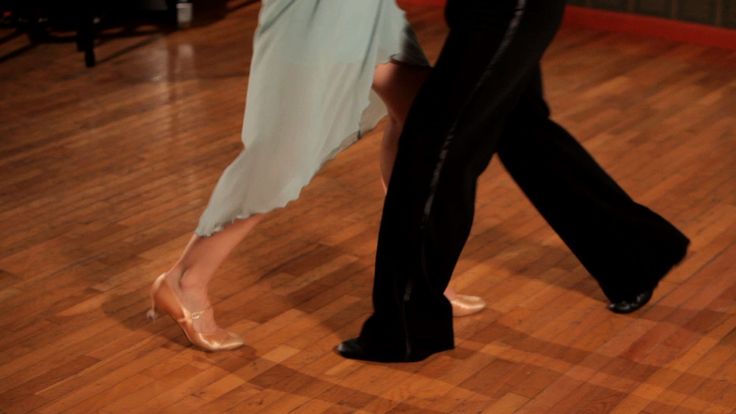 Ballroom dancing for beginners is a warm-up, stretching, preparation of basic movements. Should I send my child to dance so early? Definitely yes, especially in the hands of professionals! The child begins to develop, he needs to realize his potential and splash out energy. Masters the skills of being in a team where there are certain rules, the child learns to be attentive and collected. Develop and improve. nine0003
Ballroom dancing for beginners is a warm-up, stretching, preparation of basic movements. Should I send my child to dance so early? Definitely yes, especially in the hands of professionals! The child begins to develop, he needs to realize his potential and splash out energy. Masters the skills of being in a team where there are certain rules, the child learns to be attentive and collected. Develop and improve. nine0003
We believe that you can send your child to dance at any age, even start training as an adult (at 18), but the age from 4 to 7 years is considered optimal. It is at this age that the child has more opportunities to achieve high results. At this age, children develop a sense of rhythm, they are easy to stretch, correct posture and the ability to control their bodies are formed. In children at an early age, everything is laid very quickly. Later, complexes and tightness already appear, with which we are also successfully working. nine0003
How to prepare a child for dancing?
Generating interest in ballroom dancing is the foundation and the key to success.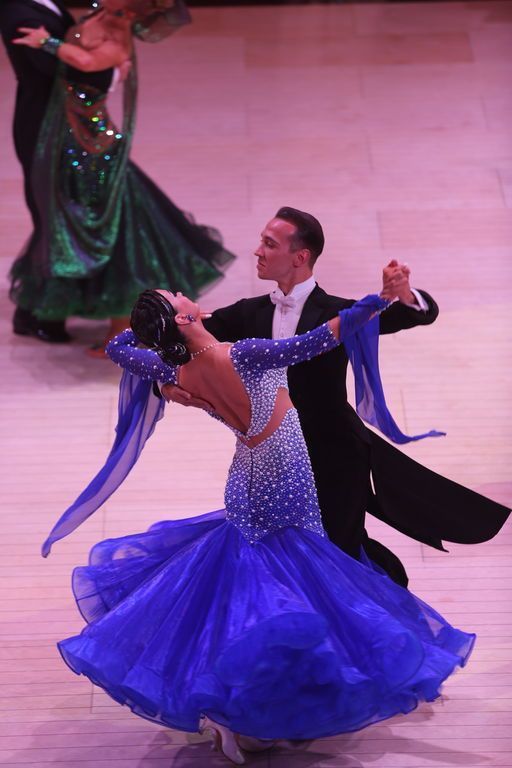 It is not worth forcing and going against the will of the child and leading to dances, it is much more important to awaken one's own interest, to show the child the advantages and beauty of this activity. Watch competitive performances together, ask for his opinion, offer to try. Let the child go to a trial lesson and decide for himself. It happens that after 3-4 lessons there is no interest, in which case you should not insist. nine0003
It is not worth forcing and going against the will of the child and leading to dances, it is much more important to awaken one's own interest, to show the child the advantages and beauty of this activity. Watch competitive performances together, ask for his opinion, offer to try. Let the child go to a trial lesson and decide for himself. It happens that after 3-4 lessons there is no interest, in which case you should not insist. nine0003
How is the training going?
All dance training usually takes place in group classes. During training, children look at each other and learn much faster, in the process they interact with each other in dance, they develop a healthy spirit of competition and mutual assistance.
When the dance couples have formed, it makes sense to think about organizing individual lessons with a trainer, for more detailed work and creating your own style and working out every movement and technique of performance. In such classes, dancers will learn to feel and understand each other.

